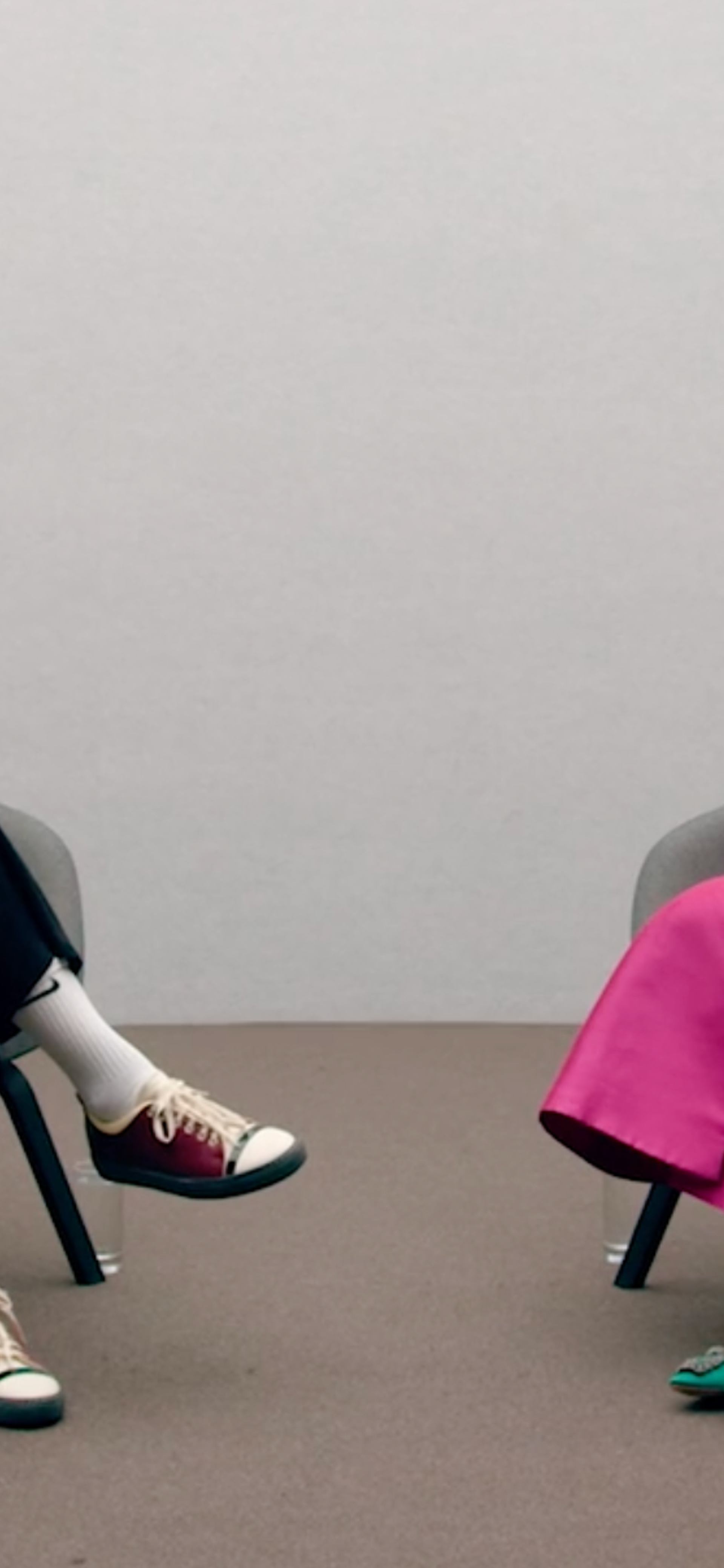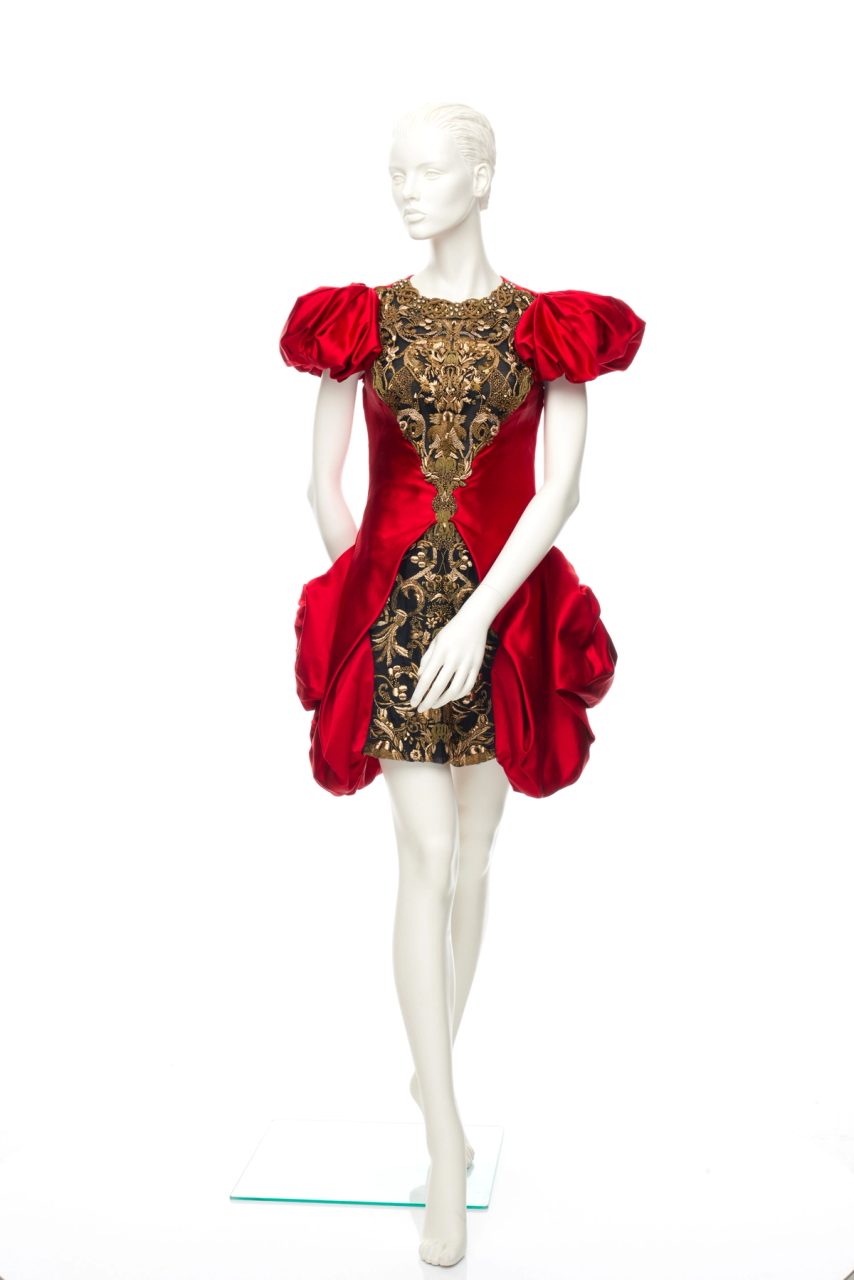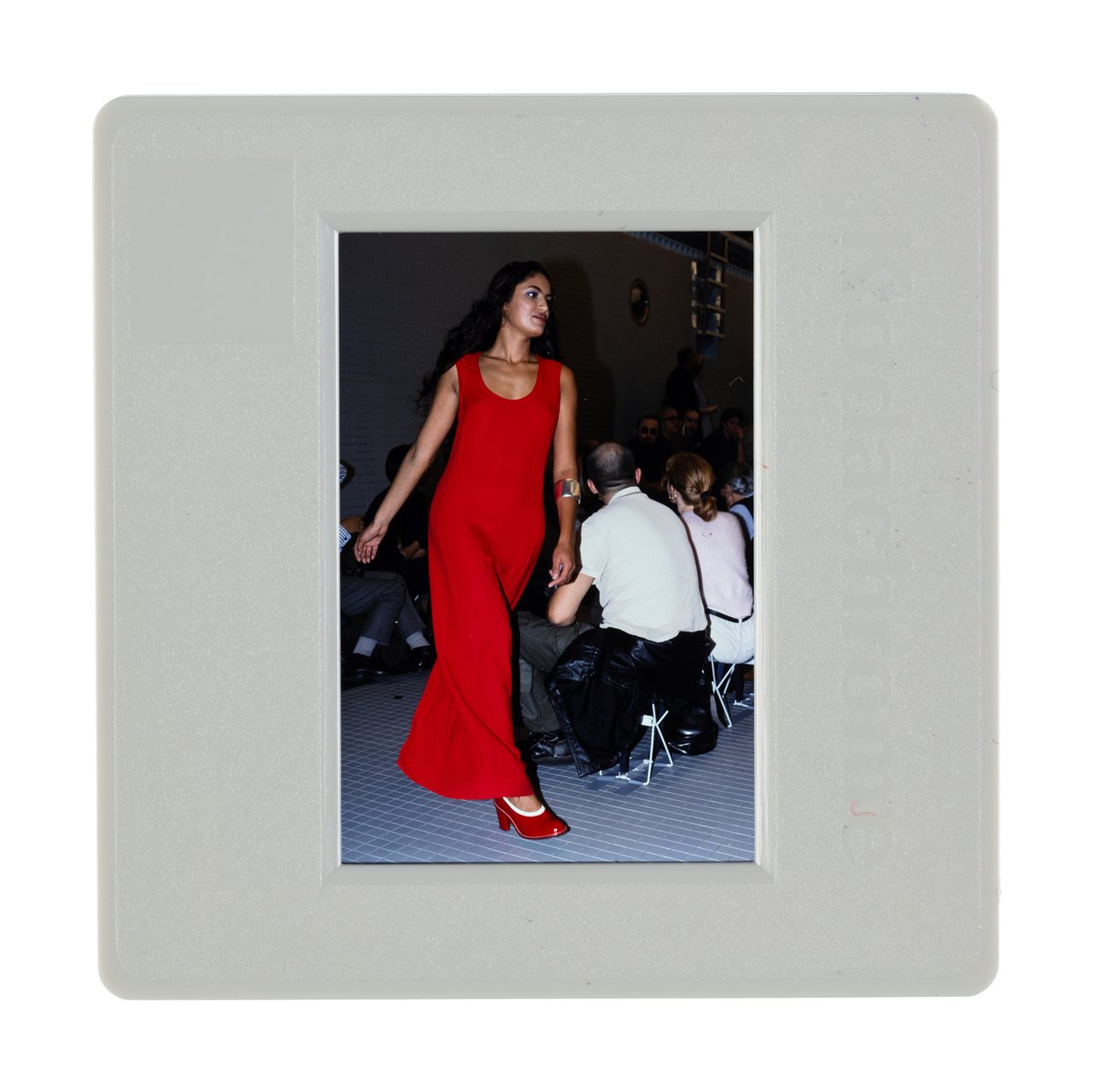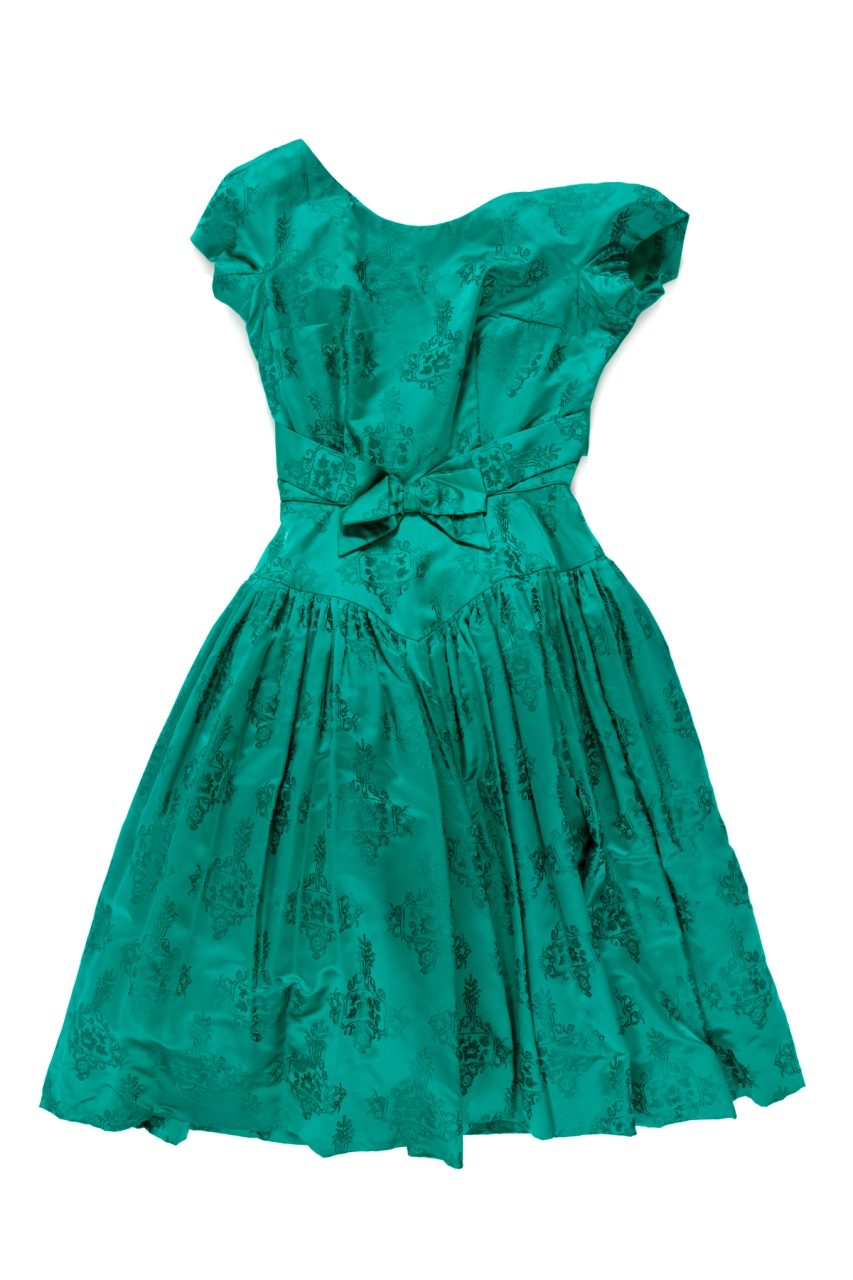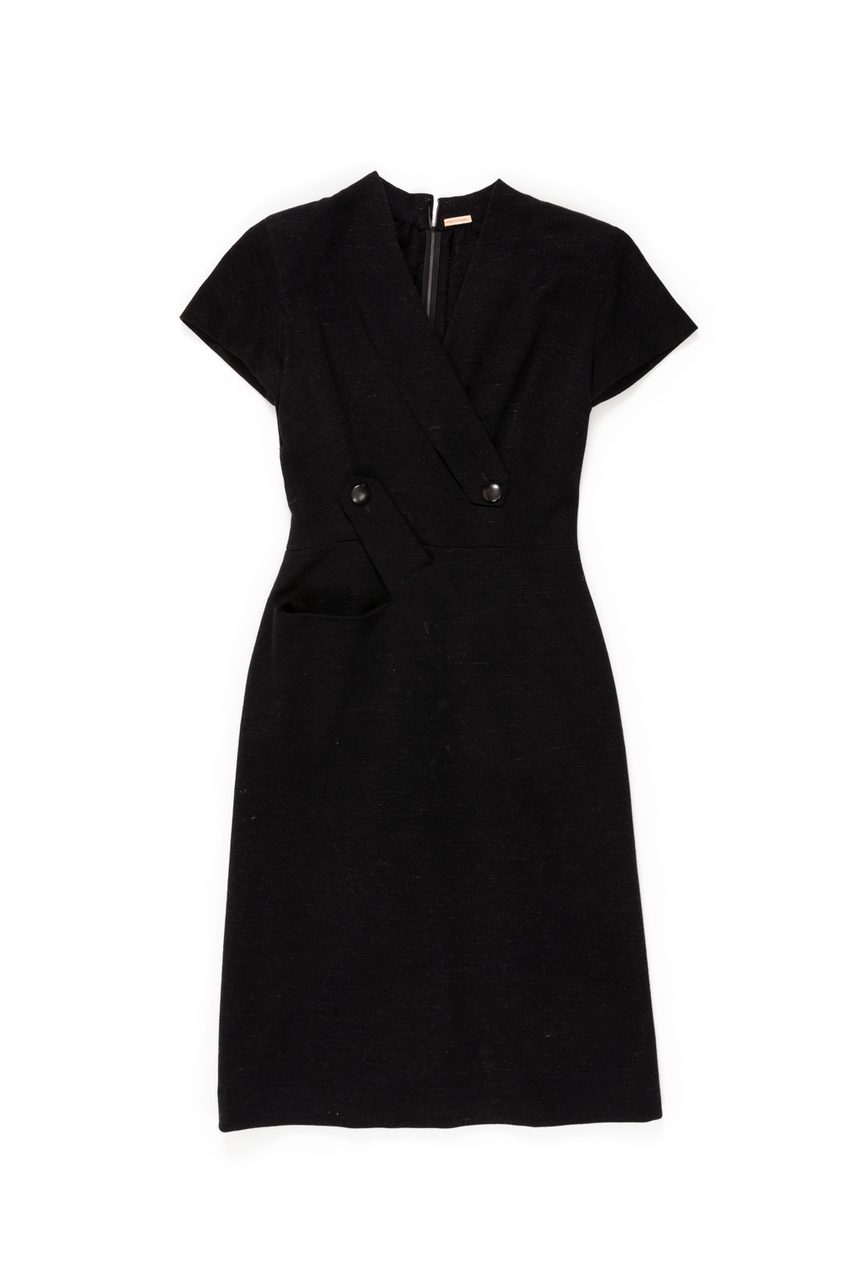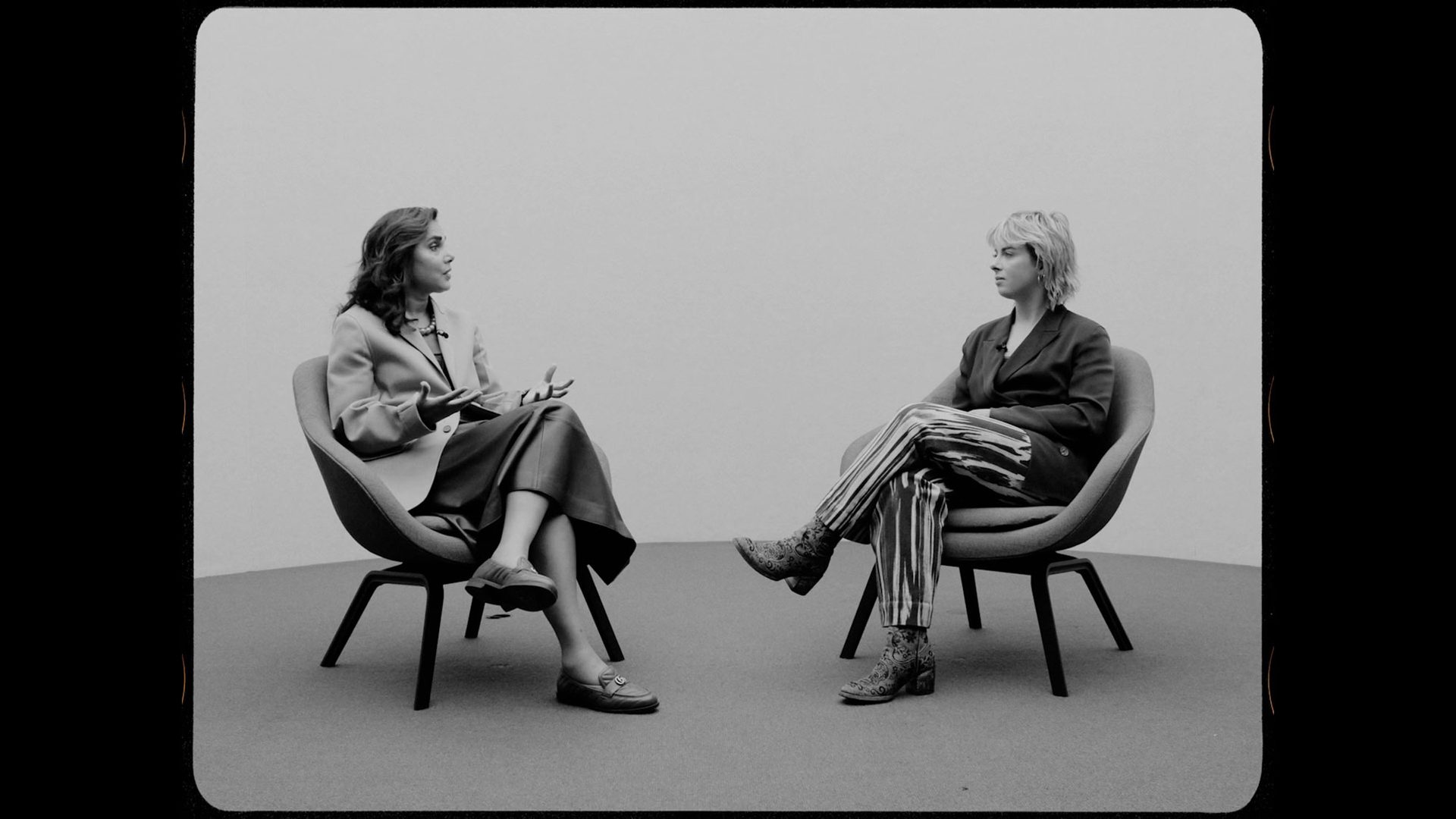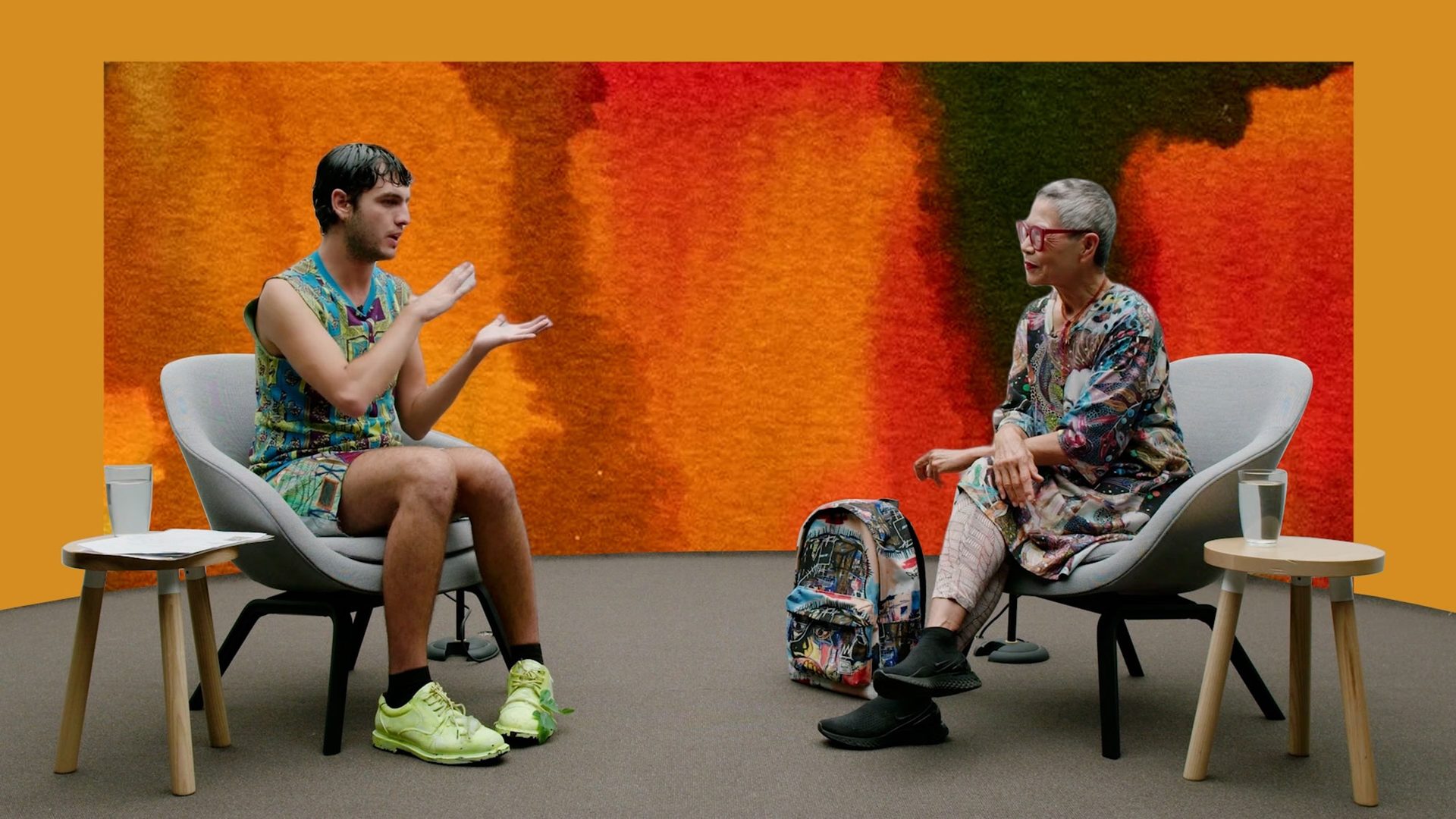Anjilla Seddeqi x Wajiha Pervez

‘At that time, I wore the hijab and I had trouble finding modest yet stylish and conservative clothes, so I began designing for myself.’
Fashion designer Anjilla Seddeqi and textile designer Wajiha Pervez discuss how their understanding of fashion is shaped by changing cultures. They also explore the pathways towards zero-waste design and the hope and innovation carried through their garments.
‘I never felt like this was something that I would do as a profession. My entire family is doctors, engineers. It's a typical South-Asian family where if you talk about going into arts, there's not automatic opposition, but there's like, “What went so wrong?”. You know, it's like, “Why are you doing this to yourself?"’
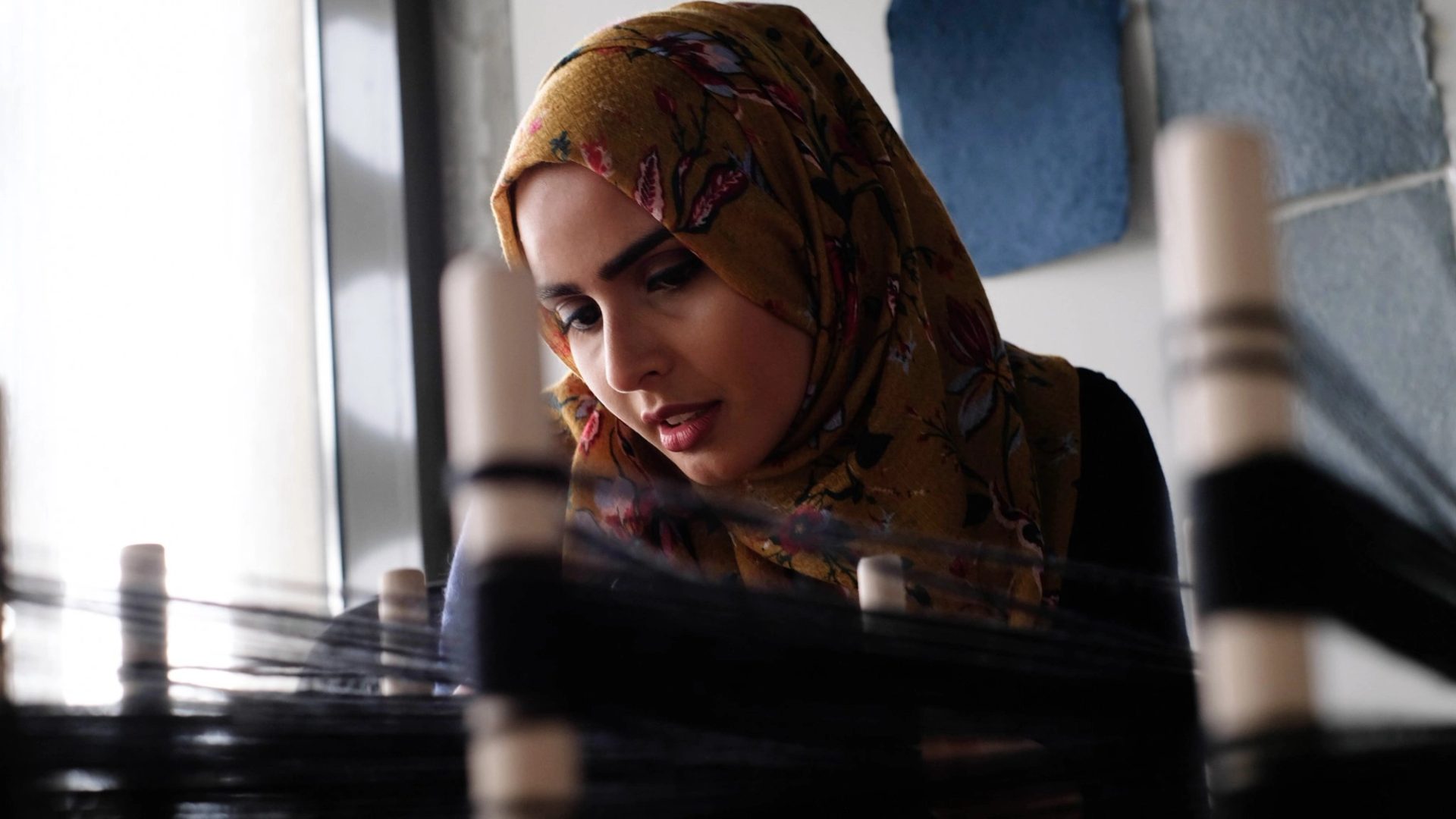
‘I am a nineties kid, and I was growing up watching the cultural shift where Westernised fashion was being brought into Pakistan, through media, through films, through advertisement. I remember the first time I saw an Alexander McQueen show. I was like, “Whoa, this is fashion?”.’
‘I was really inspired by 1950s fashion – think Audrey Hepburn and Grace Kelly. I'm staying true to myself and what appeals to me, but I also think fashion needs to be beautiful and make women feel beautiful too.’
‘When I started out, I wanted my pieces to be exclusive. Mass production always scared me and it wasn't something that appealed to me. I am designing modest fashion and so embedded in that is the ethics of sustainability and the responsibility towards the environment.’
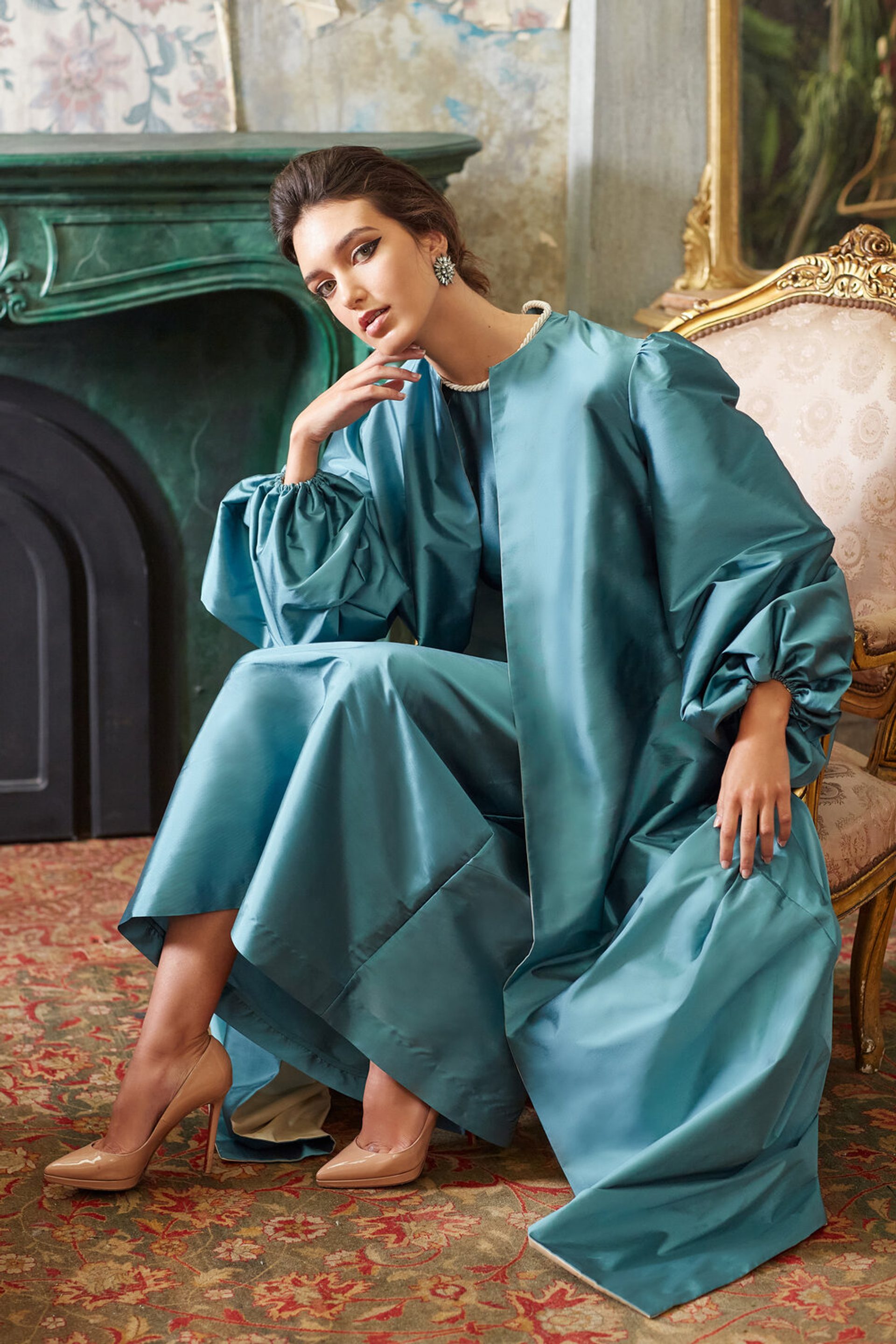

‘My development as a designer has been heavily influenced by what is happening around me, especially technologically. When I have an idea of a collection, of what a piece should look like, I try to generate it through AI to see, okay, this is how it will look.’
‘Athleisure, in particular, is a genre of clothing that is predicated on overproduction. You don't see the impact of it until you start designing your collections and you're like, “What do I do with this waste?”. We owe this as a responsibility to nature, to make something that has a full lifecycle.’
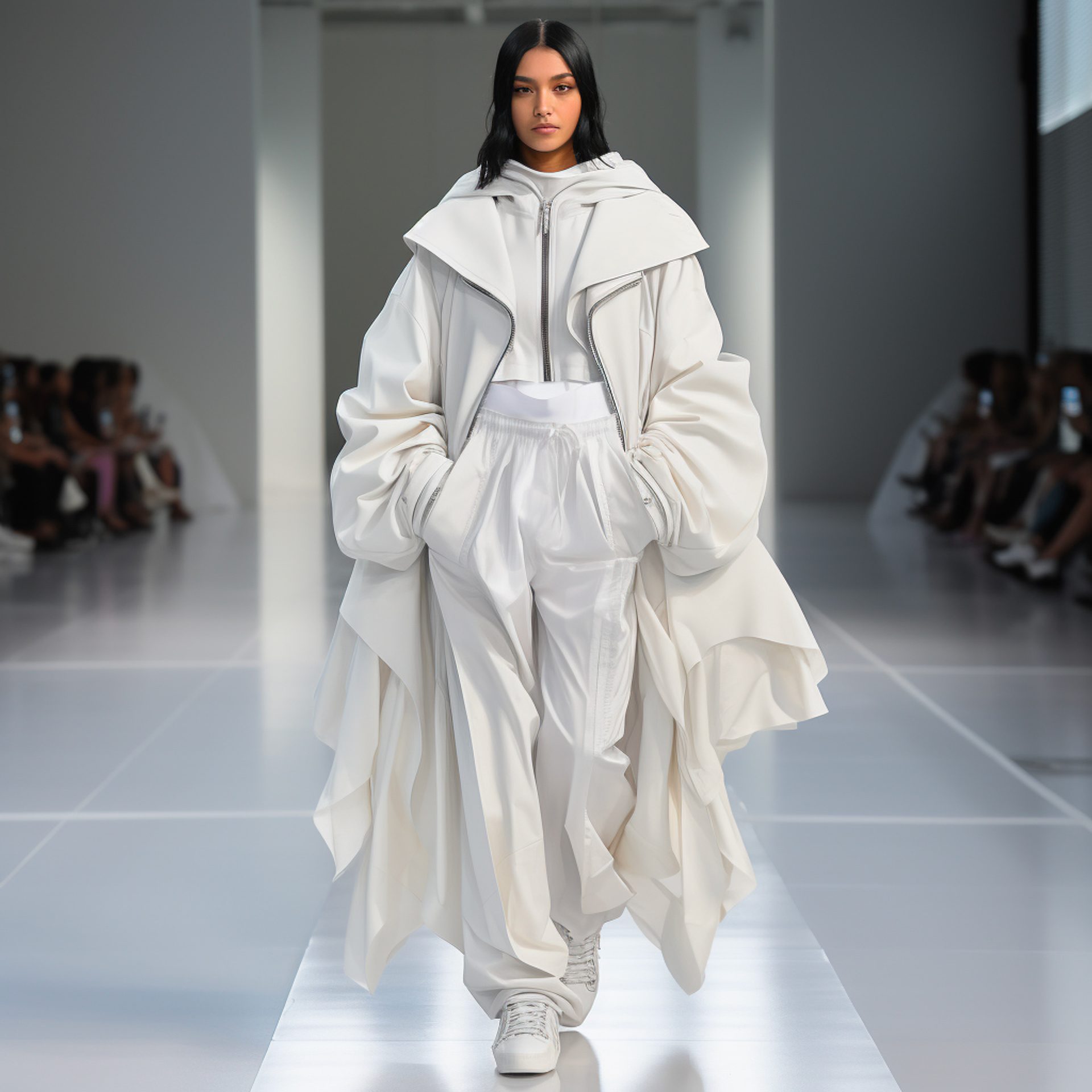
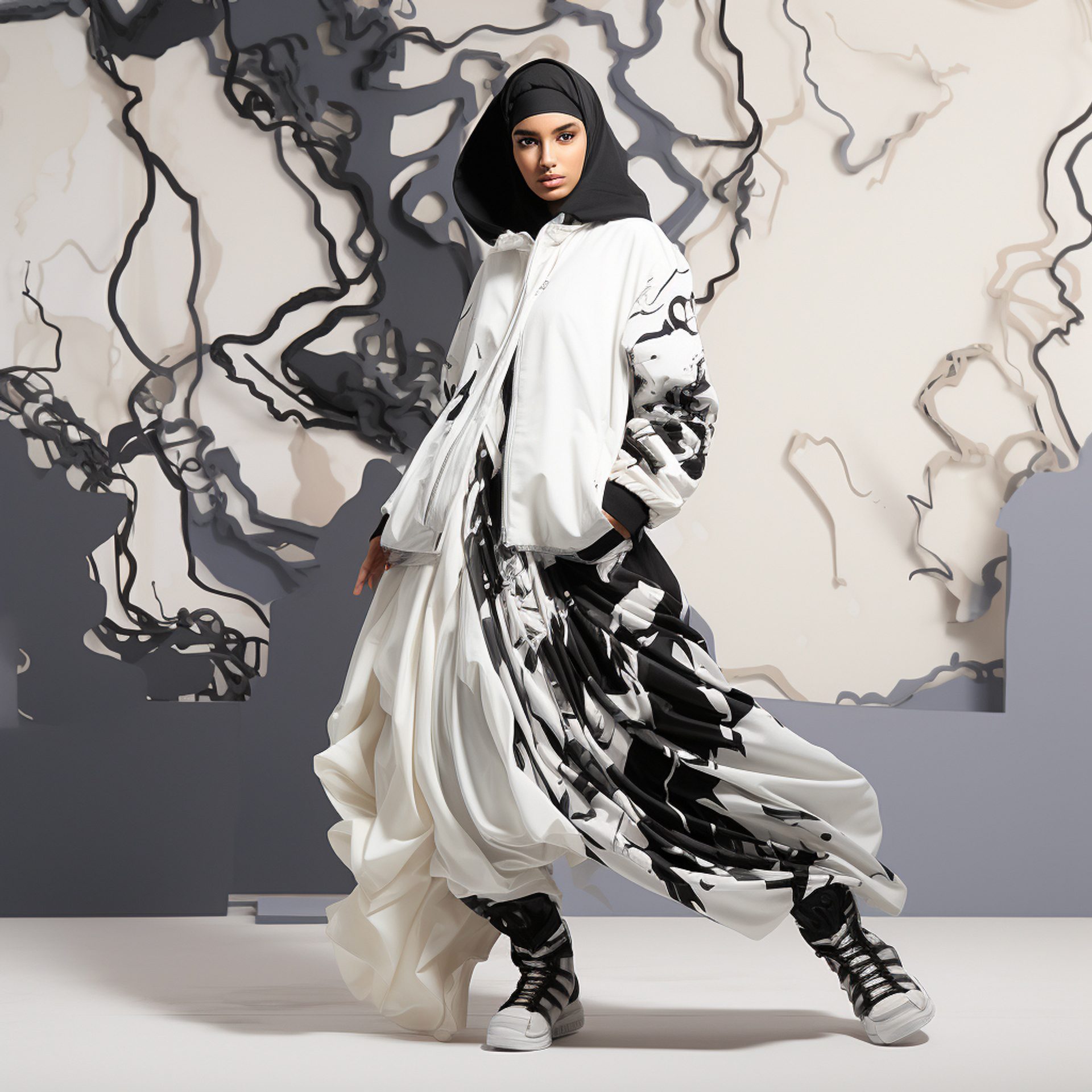
‘Fashion needs to serve a purpose. And so, through my work I speak about war, love and hope.’
‘There’s an Afghan proverb that says that hope keeps the world alive. I had a dress that had that proverb printed all over the dress. It was a symbol of hope for me, to look at that and think, okay, it is really rough and bad at the moment, but it could get better.’
Speakers
Anjilla Seddeqi is an Australian designer of Afghan heritage. She is known for her ladylike dresses that are feminine, sophisticated and elegant. Her refined designs long for a return to a grace-filled era of dressing, for the modern woman.
Wajiha Pervez is an experimental textile designer, artist, curator and academic. She researches apparel, materials, systems and cultural practices in the context of environmental sustainability and the circular economy. Her work celebrates the collaboration between materials, technology and craft, as she believes that maintaining a fine balance between these elements is key in creating products for the future.
About
The Age We’re In brings together practitioners, scientists and researchers at different stages of their careers to share ideas and responses to global issues. These conversations highlight the common ground of how and why they pursue their practise and explore challenges and opportunities in their industries.












